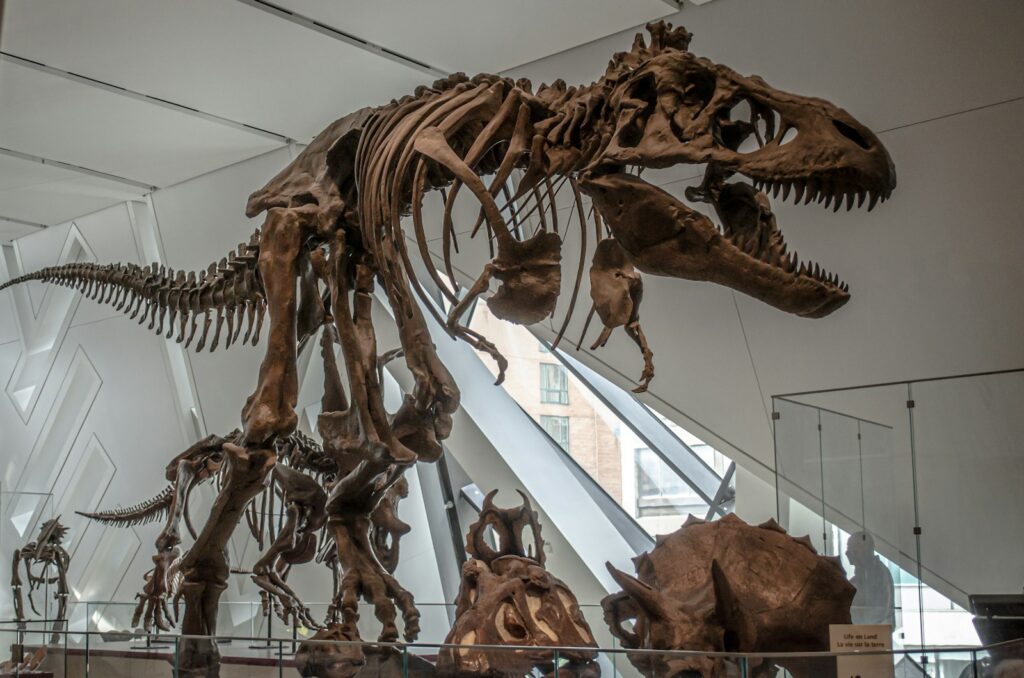How Dinosaurs Developed Different Walking Styles
For over 160 million years, dinosaurs dominated Earth’s landscapes, evolving an astonishing diversity of locomotion styles. From the thundering gait of massive sauropods to the agile sprint of small predators, dinosaur movement patterns reflect millions of years of evolutionary adaptation to different ecological niches, body sizes, and survival strategies. This fascinating aspect of dinosaur biology ...













